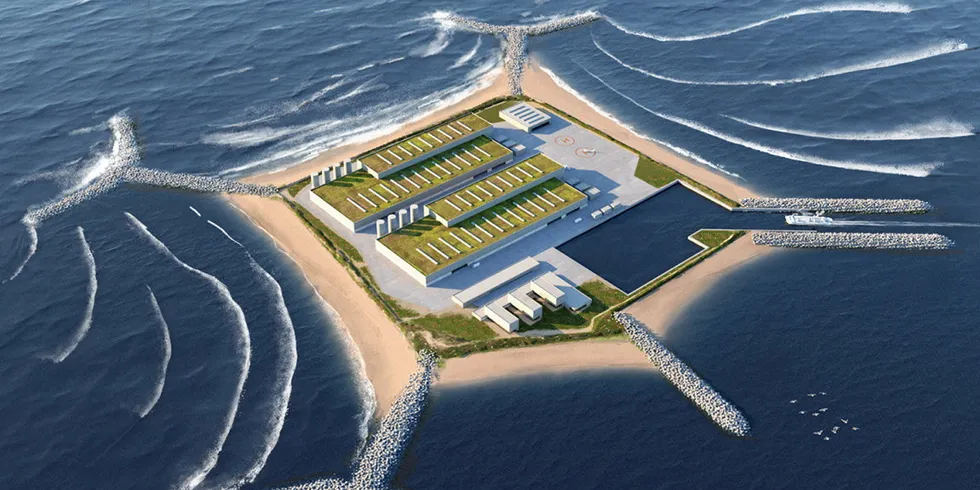COP 26 | Are energy islands the missing link to make Europe's 'net-zero continent' dream a reality?
Denmark is on pole to build the first artificial energy island in the North Sea, but other nations are looking at the radical option to enable massive offshore green power expansion, writes Bernd Radowitz
